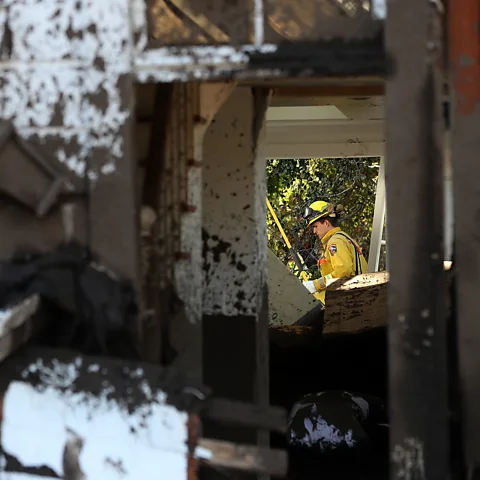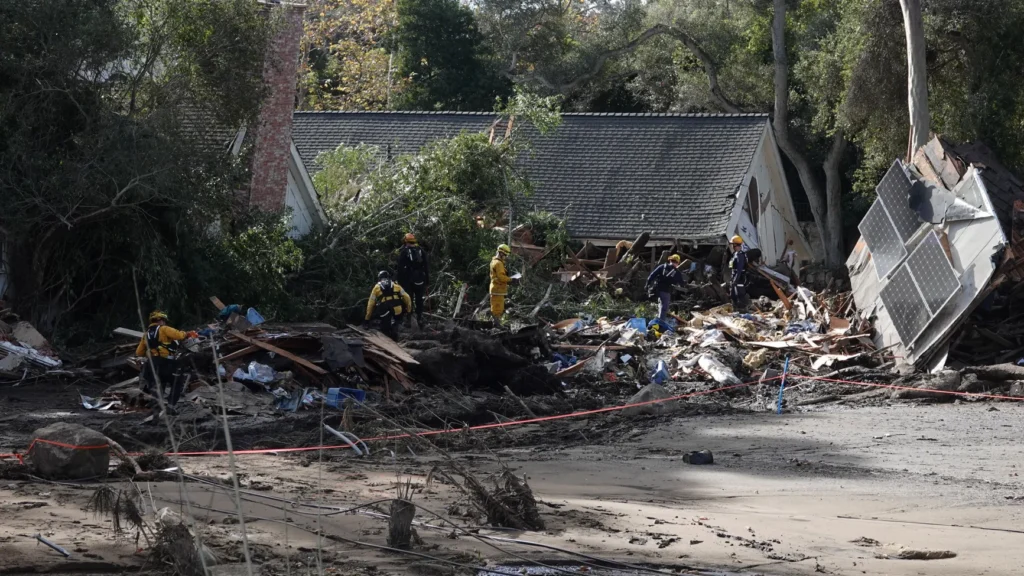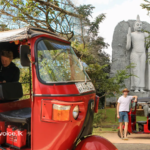A Town on the Edge of Disaster

In the early morning hours of 9 January 2018, a devastating wall of mud swept through Montecito, California, leaving destruction in its wake. The Montecito mudflow recovery effort that followed became a powerful example of how a community can come together after disaster. Triggered by heavy rains following months of wildfire, the debris flow claimed 23 lives and destroyed hundreds of homes. For survivor Curtis Skene, it marked the beginning of a mission to ensure his town would never face such devastation again. His and others’ actions have since become a blueprint for community-driven climate resilience.
Remembering the Montecito Mudslides
The Montecito mudslides weren’t simply a freak event; they were the result of a dangerous chain reaction. Months of wildfire had stripped the hillsides of vegetation, leaving the soil vulnerable. When the rains arrived in early January, they turned these slopes into rivers of mud and debris. Residents, many of whom had only just returned after evacuating due to wildfires, were caught off guard.
Curtis Skene was awakened by torrential rain and a blinding light. Within seconds, a car smashed through his bedroom wall, carried by a torrent of mud. Trees, boulders, and debris raced past his home. He escaped by climbing to higher ground, barely surviving the event that would redefine his life — and later help spark the Montecito mudflow recovery movement, which focused on building a more resilient and prepared community.
Learning from History: Montecito’s Geological Risks
It was later revealed that Montecito had faced similar mudflows before — in 1964 and 1971 — but the events had faded from memory. Historical research found that at least four major mudflows had struck the area in the last two centuries. Santa Barbara County’s steep slopes and arid terrain made it especially prone to such disasters, particularly when wildfires weakened the land.

Experts agree that the Montecito mudflow recovery efforts must be informed by this long history. Andrew Raff, environmental manager for the Santa Barbara County Flood Control District, notes that climate change is altering the rhythm of disasters. Where once there was a clear separation between wildfire season and rainy season, now fire rolls directly into storm season, compounding the risks.
Montecito Mudflow Recovery: Rebuilding with Purpose
Montecito chose not just to rebuild but to build smarter. One of the first steps in the Montecito mudflow recovery was enhancing sediment management. County officials began regularly inspecting debris basins built in the 1960s, using drones and bulldozers to keep them clear. Sediment collected from these basins is now reused for beach nourishment and other restoration efforts.
Community leaders like Curtis Skene played a crucial role. Having no prior experience in public works or policy, he quickly became one of the town’s most influential advocates. After seeing the devastation on Randall Road, where four lives were lost and dozens of homes destroyed, Skene proposed building a new debris basin.
A Key Step in the Montecito Mudflow Recovery: Randall Road Debris Basin
Skene approached the county with an ambitious idea: to purchase and repurpose the destroyed Randall Road properties into a massive debris basin. With support from Santa Barbara residents and county officials, he helped raise $1.5 million for feasibility studies. The basin project eventually received FEMA approval and funding, with construction beginning in May 2021.

By October 2022, the new Randall Road basin was operational. In January 2023, during another round of heavy rainfall, it proved its worth by capturing thousands of cubic yards of debris and preventing damage to surrounding neighborhoods.
Private Action in the Montecito Mudflow Recovery: Project for Resilient Communities
While public infrastructure was essential, private action also played a key role. Pat McElroy, former Santa Barbara fire chief, founded the non-profit Project for Resilient Communities. Backed by over $6 million in private donations, McElroy’s team installed six metal debris nets in key creek beds.
These nets, commonly used in landslide-prone regions, were designed to trap smaller debris before it could reach populated areas. The group coordinated with private landowners and received county permits. By 2019, all six nets were installed, and in January 2023, they successfully intercepted massive amounts of debris.
Proving the Concept: The First Big Test for Montecito Mudflow Recovery
The storm on 9 January 2023 marked the fifth anniversary of the tragedy. Over 215,000 cubic yards of debris surged through Montecito’s waterways, but this time, the outcome was different. The debris nets and the Randall Road basin worked exactly as intended.
McElroy viewed it as proof of concept. The proactive measures taken by both the public and private sectors had saved lives and property. While the nets were later removed due to permitting limits, county officials believe the permanent basins now in place will serve the community for decades.
A Model for Other Communities
Montecito’s experience is now serving as a case study for disaster-prone regions. Pat McElroy has shared his knowledge with officials in Fresno, Santa Cruz, and even Los Angeles, which is preparing for its own climate-related challenges. Engineers and emergency managers are learning from Montecito’s rapid, community-led response.

Andrew Raff and others from Santa Barbara have offered input to Los Angeles County as it confronts the risks of back-to-back wildfires and mudslides. Local officials there have already begun reinforcing defenses, laying sandbags and concrete barriers in anticipation of future storms.
Looking Ahead: Long-Term Resilience
Montecito isn’t resting on its success. Plans are in motion to build an additional debris basin along another vulnerable creek. The community’s vigilance has become a symbol of how local action can outpace government inertia.
For emergency staff like Raff, storm season is now a high-alert period. “Rainfall is no longer calming,” he says. “It’s a trigger.” Yet, thanks to foresight and community resolve, Montecito is better prepared than ever.
A Blueprint for Resilient Futures
What began as a night of horror has evolved into a remarkable story of survival, leadership, and community determination. Montecito has shown that disaster recovery isn’t about returning to normal—it’s about building something stronger. Through innovative public-private partnerships, effective planning, and grassroots engagement, the town has transformed its vulnerability into resilience. And in doing so, it has become a model for climate adaptation around the world.




